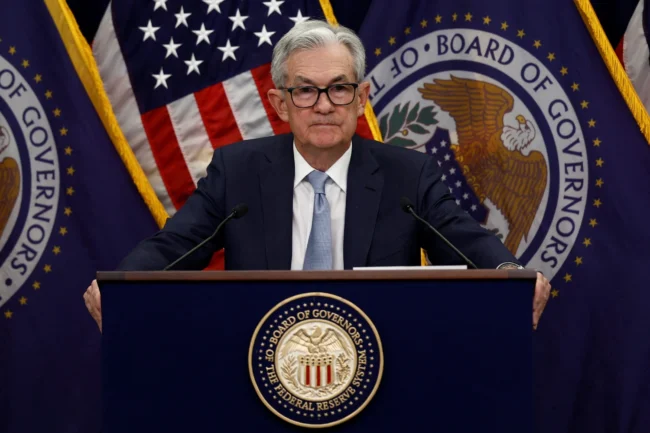The Federal Reserve’s recent move to increase its policy rate, marking the 11th rise in 12 meetings, has stirred extensive discussions in economic circles. This decision has inadvertently posed a challenging situation for India’s central bank. The Reserve Bank of India (RBI), raising significant questions about its course of action.
Dilemma of Growth vs. Capital Inflows
Amidst these deliberations, India stands at a pivotal juncture due to the narrowing interest rate differential with the US, a development that has potential far-reaching implications. This puts the RBI in a difficult position. Where it must decide whether to follow the global trend of raising interest rates or take a divergent path.
The dilemma emerges as mirroring the global interest rate trend could assist in managing inflation and reinforcing the Indian rupee. However, this approach could potentially hamper India’s impressive economic growth.
Despite global uncertainties, India has maintained robust momentum since the COVID-19 pandemic, registering a growth rate of 7.2% in FY 2022-23. Increasing interest rates might escalate credit costs, thereby tempering the country’s growth trajectory.
On the flip side, refraining from interest rate hikes to bolster growth might affect India’s capital account. Potentially leading to capital outflows as yield spreads between Indian and US government bonds decrease. This dynamic could strain India’s economy and currency.
The complexity deepens due to the US’s unexpected economic performance. Which saw a growth rate of 2.4% in the April-June quarter of 2023, contrary to expectations.
Coupled with persistent core inflation, this could prompt the Federal Reserve to further increase rates, intensifying the RBI’s challenge as it strives to strike a balance between managing inflation and fostering economic growth.
The situation is further complicated by the prospect of importing inflation due to higher US interest rates and a stronger US Dollar. Particularly impactful for developing economies like India. Which heavily rely on dollar-denominated imports. While India has endeavored to diversify its energy imports, geopolitical developments introduce uncertainties.
In this intricate landscape, hopeful indicators emerge that could influence the RBI’s decision-making process. The Eurozone’s negative money supply (M1) suggests weakening inflationary forces.
Additionally, the US Consumer Price Index (CPI) and labor market have displayed signs of moderation. Domestically, India has seen lower headline inflation, along with encouraging economic indicators such as strong automobile sales and a higher Industrial Production Index (IIP).
As India grapples with these challenges, its prudent fiscal measures and potential for sustained economic growth are rays of hope that might guide the RBI’s path forward. The interplay of global and domestic factors will ultimately determine India’s trajectory in these uncertain times.
